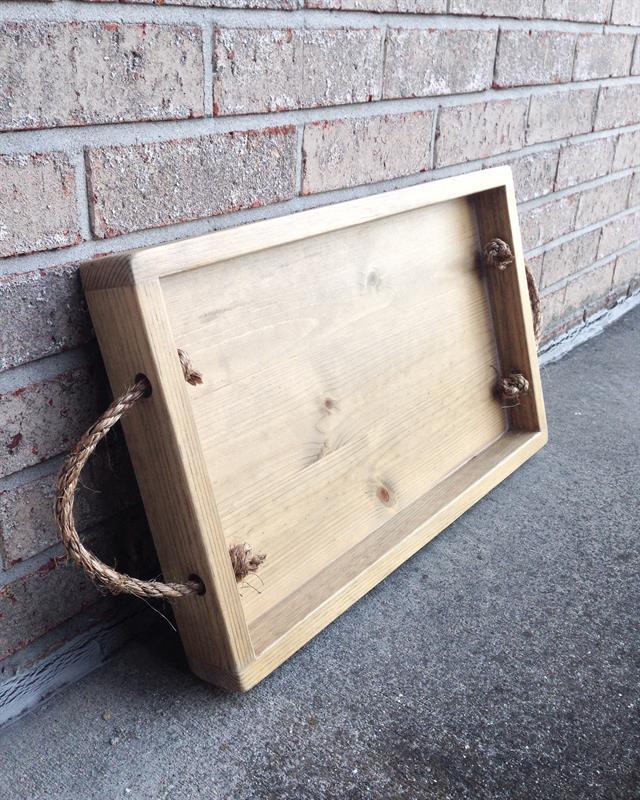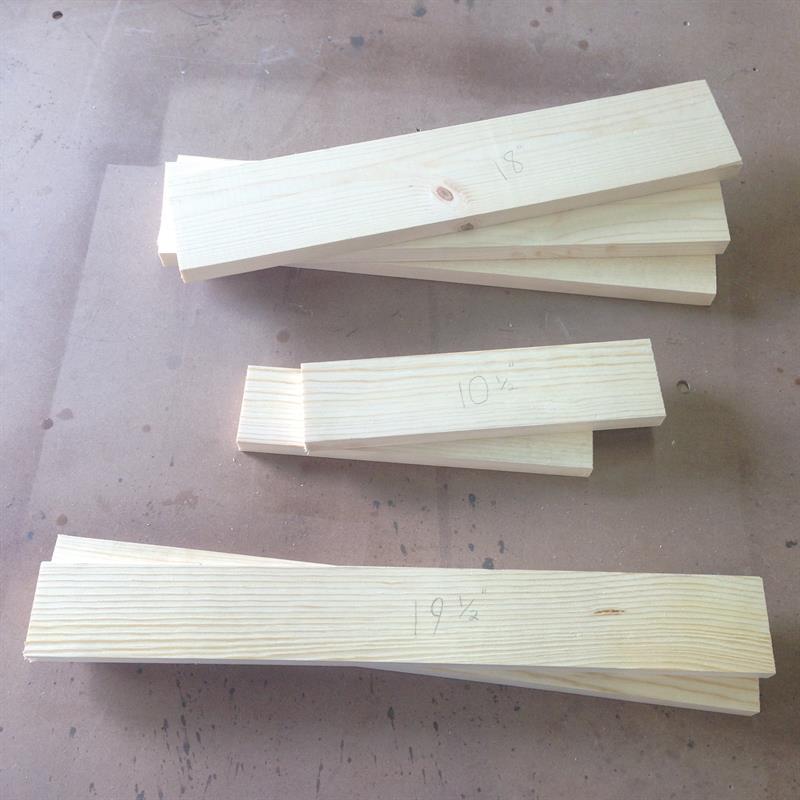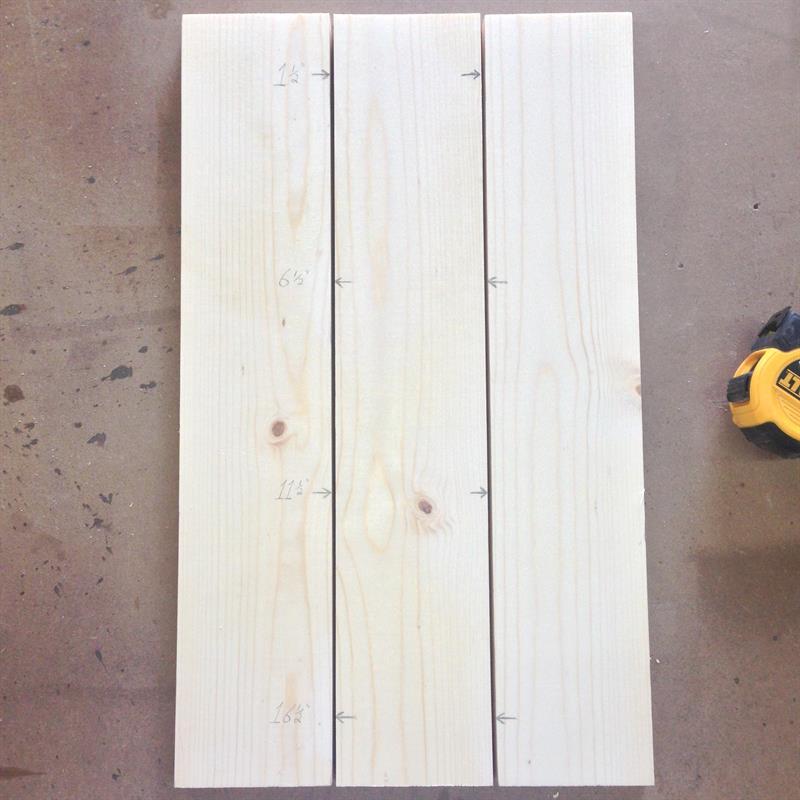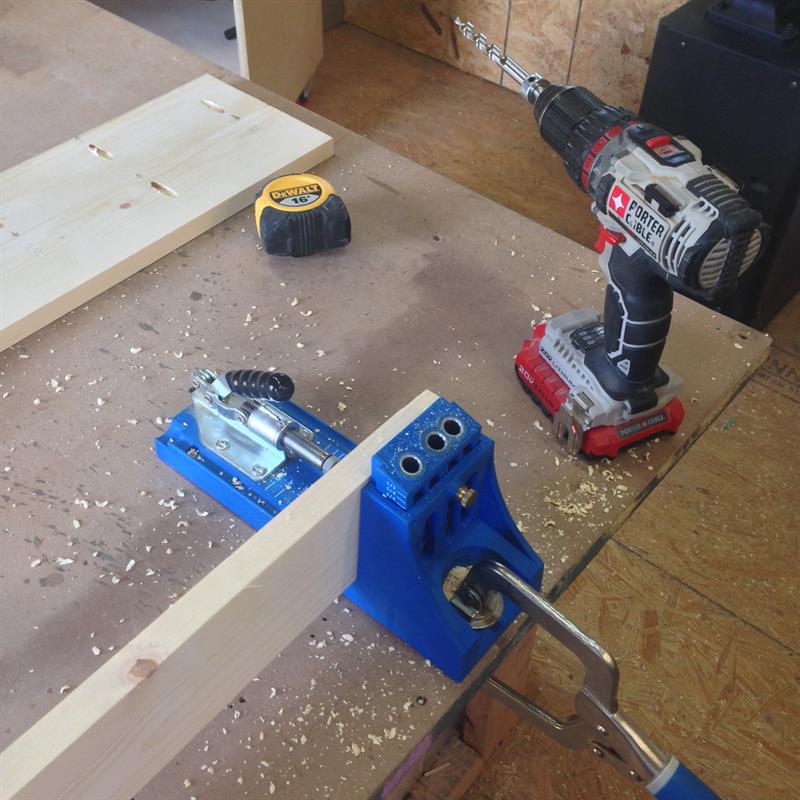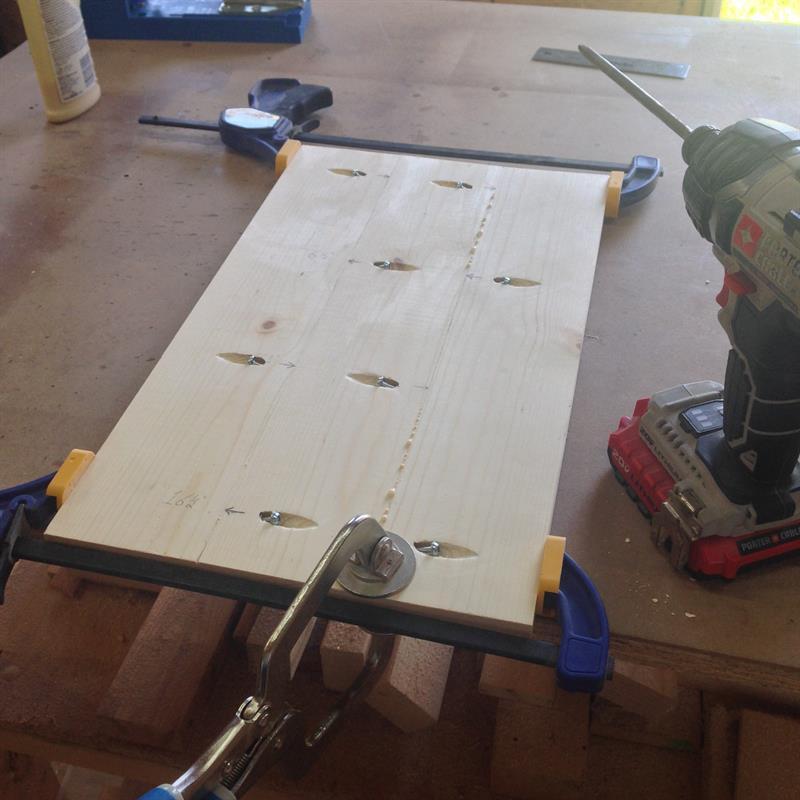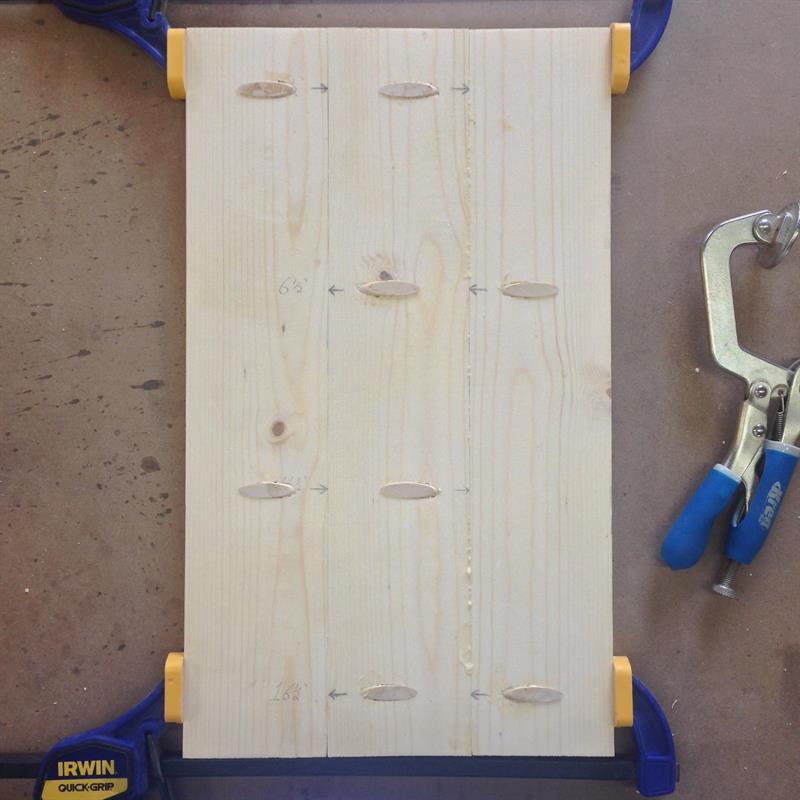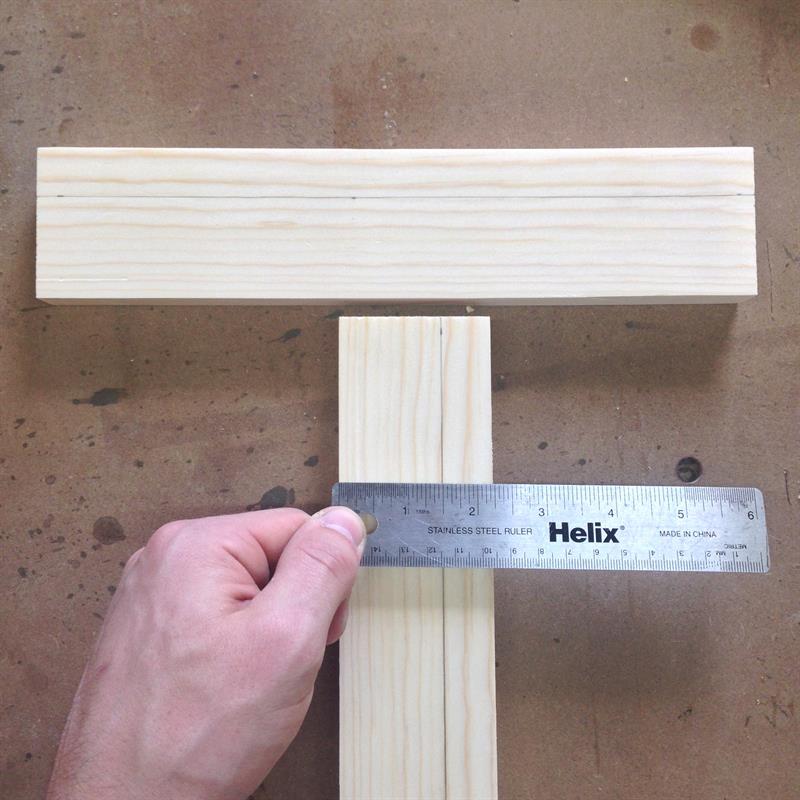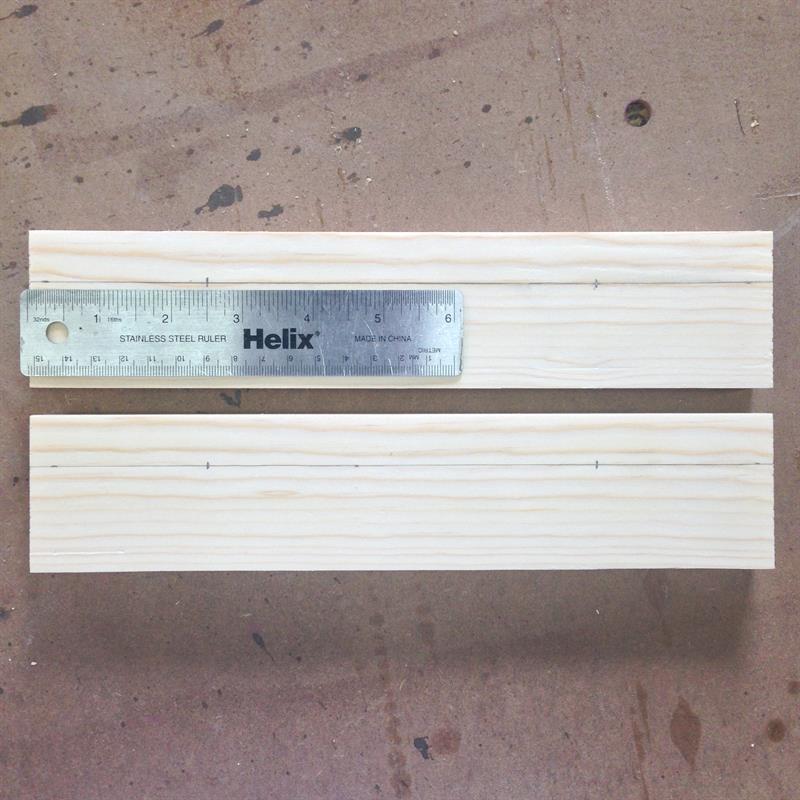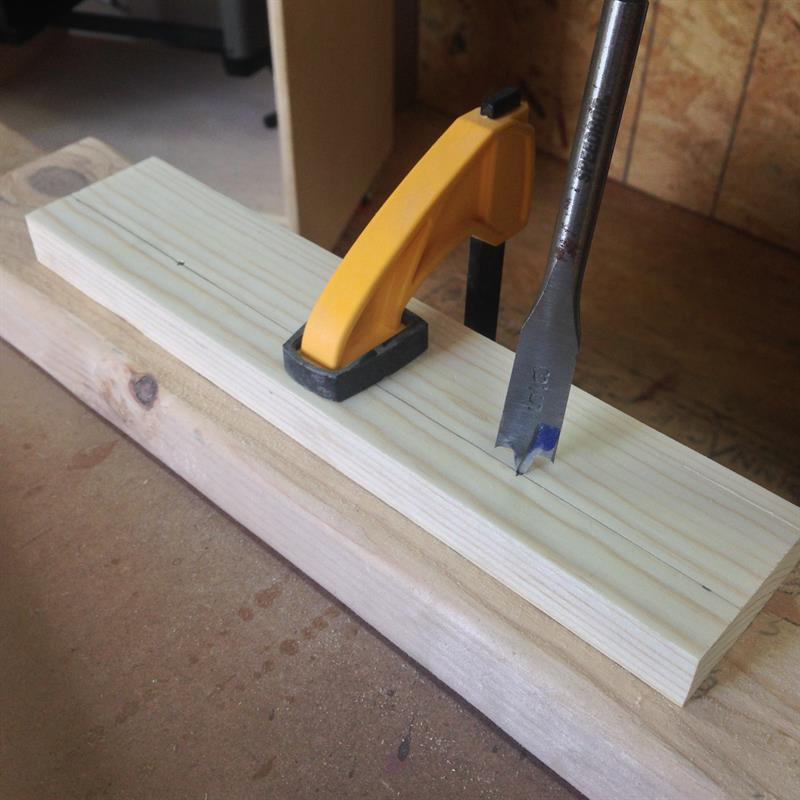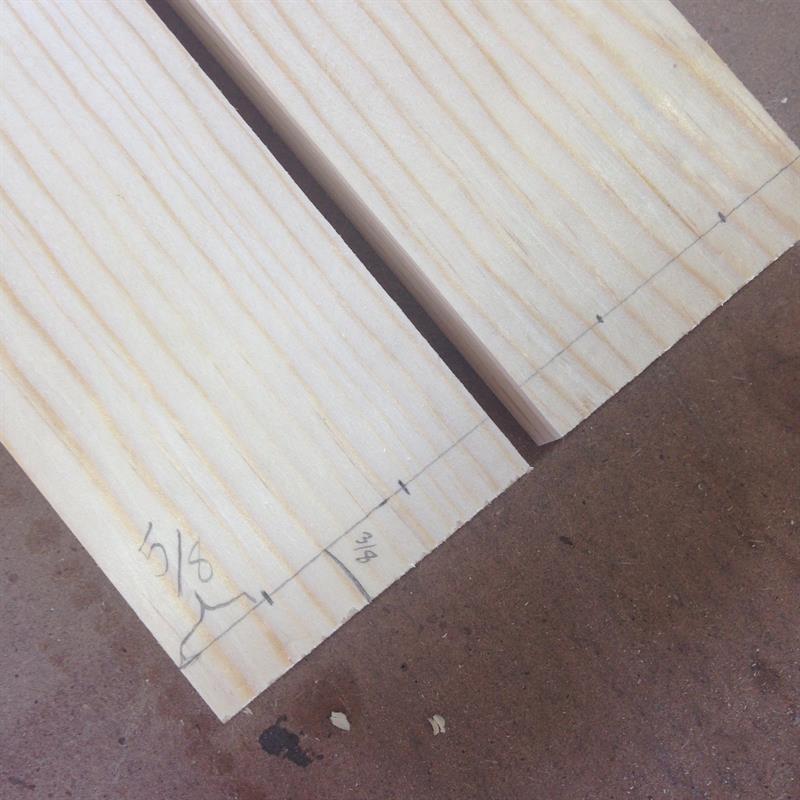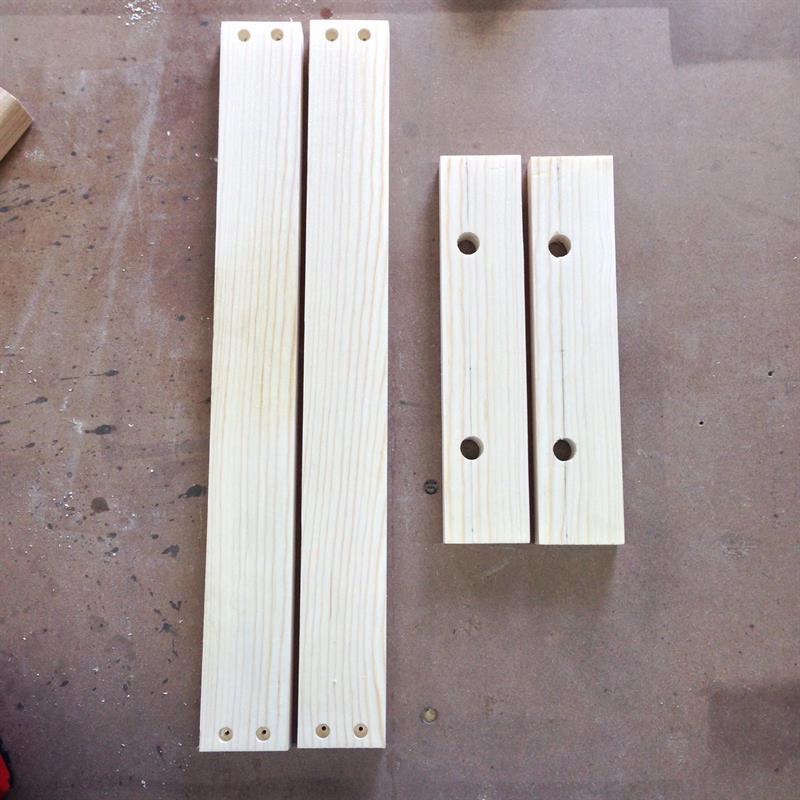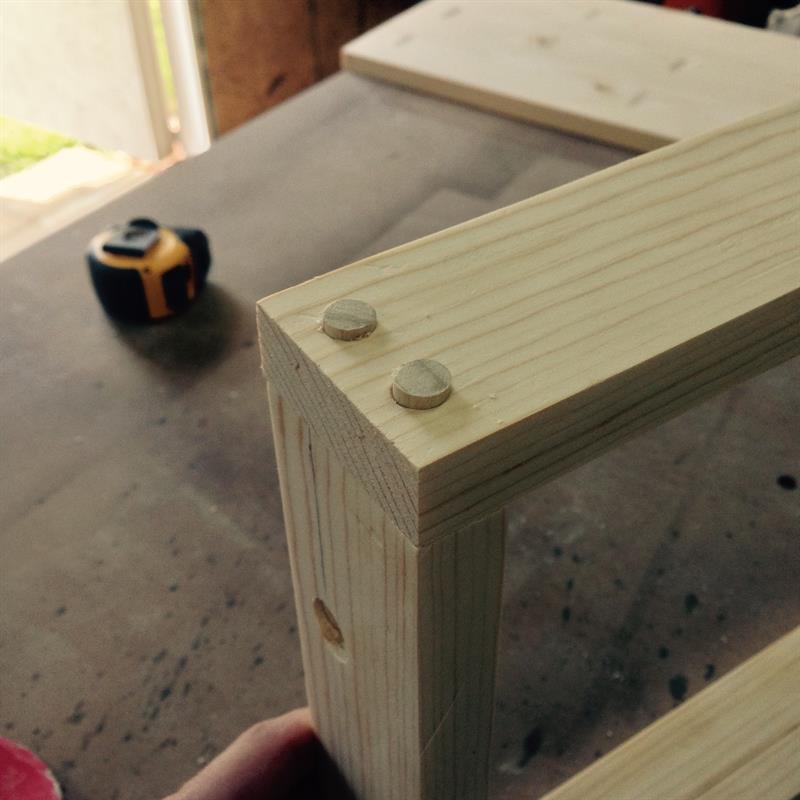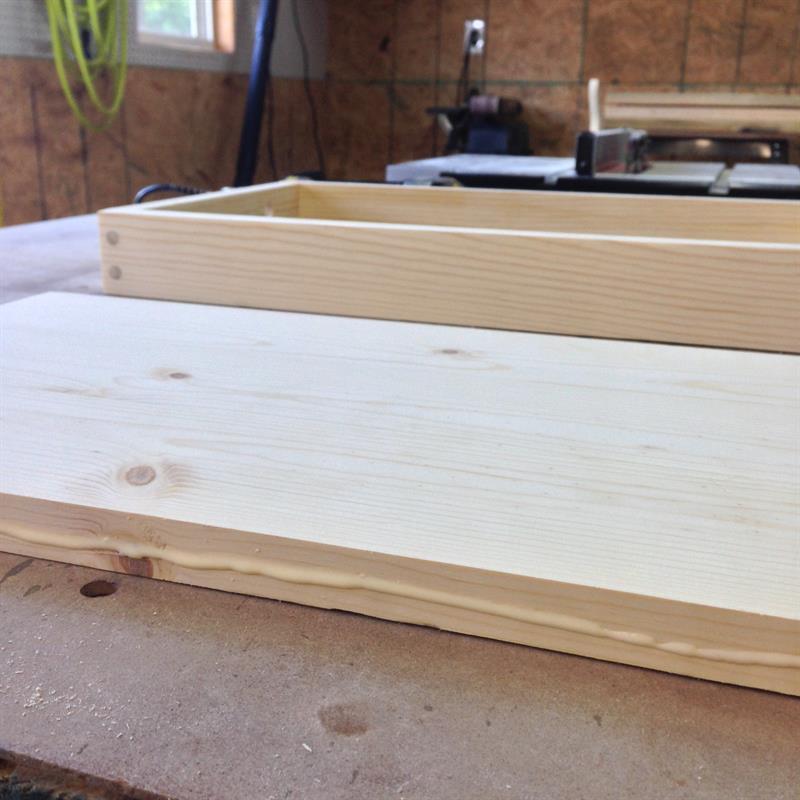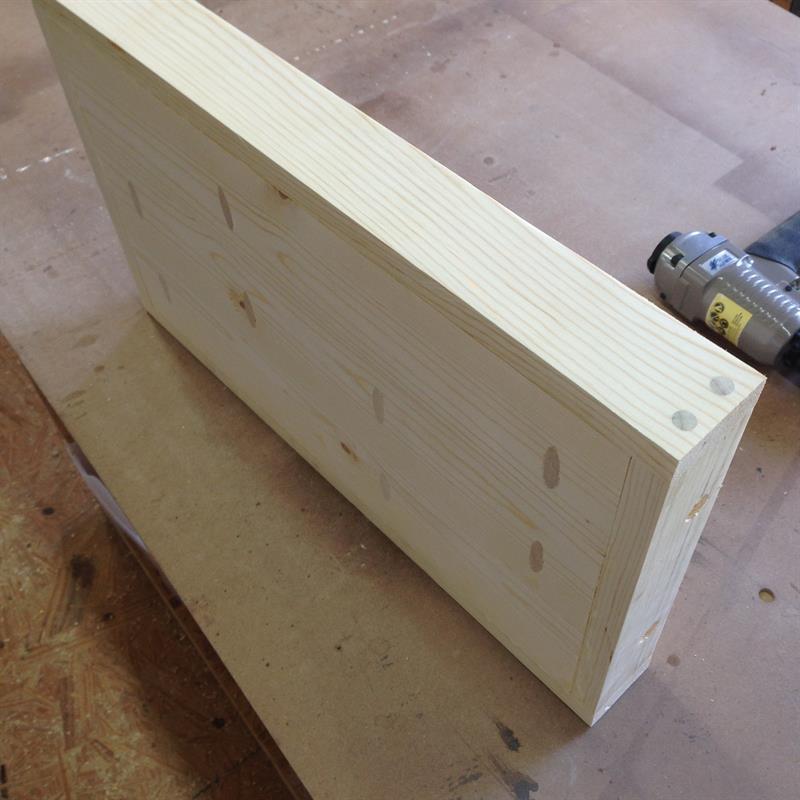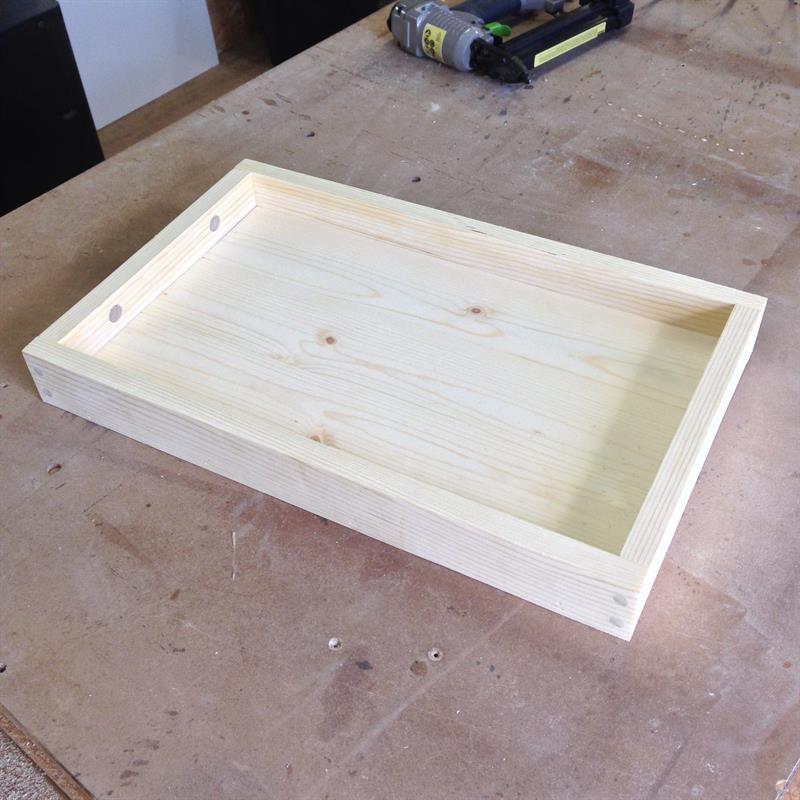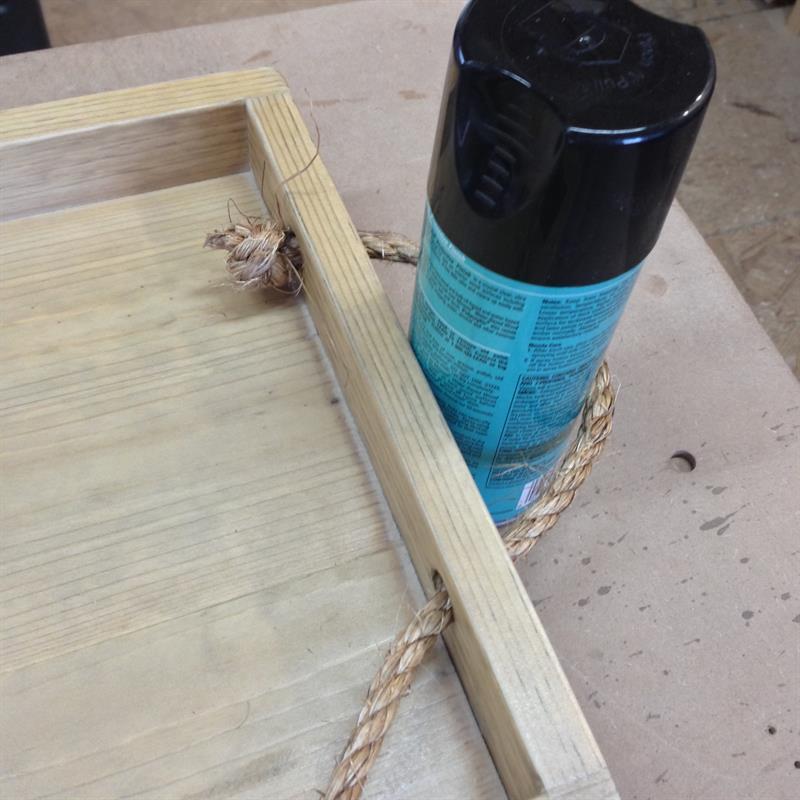Simple Tray with Rope Handles
By Mad Raven WoodworksGreat plan for the novice woodworker or DIYer! This little serving/display tray is easy to make, requires only a few hours, and the materials are very inexpensive. The design itself utilizes simple techniques with a few tips added to maybe expand your skill set. Let's do this! (19.5"x12"x2.25")
Directions
-
Review the Entire Plan
Check the actual dimesnions of your boards. Do not assume they are perfect. Please adjust my measurements accordingly if the boards you have are wider or thinner than my stated dimensions. Also, there are many ways to go about this design so read my whole plan before going shopping. For example, you may choose to simplify it by replacing the three 1x4 "Bottom Boards" with one 1x12 ripped to 10 1/2" wide. Feel free to go your own way at any time! These are just basic guidelines. Now, let's get down to business.
-
Cut Boards To Length
(See cut list first for detailed dimensions) Using your miter saw, cut three 18" boards from your 1x4. Then cut two 10 1/2" boards and two 19 1/2" boards from your 1x3. Get every measurement perfect to avoid headaches and fixes later.
-
Cut 1x3 Boards to Width
Take the four 1x3 pieces that you just cut to length over to the table saw and rip them all down from 2 1/2" to 2 1/4". This will create more of a low profile design. After this step, all of your boards should be at their final dimensions.
-
Prepare the Bottom Panel
Lay out the three 1x4 bottom boards to measure and mark pocket hole locations. You will want to alternate directions for an even pull so place marks at 1.5", 6.5", 11.5", and 16.5" on alternating sides of the two joints (see picture for clarity on what I mean). Place arrows showing the direction of the intended pocket hole to avoid confusion.
-
Drill Pocket Holes
Set your Kreg Jig and Bit to the correct settings for 3/4" to 3/4" material and drill the 8 pocket hole locations that you just marked.
-
Assemble Bottom Panel
Once the pockets have been drilled, place a line of glue into each of the joints and clamp the three boards together (flat and firmly). Proceed to screw in your 1 1/4" pocket hole screws.
-
Add Pocket Plugs
Your three "bottom boards" have just become the "bottom panel". Remove the clamps and your bottom panel should hopefully lay flat. Apply a decent amount of glue in each pocket hole, place a pocket hole plug in each of the 8 holes, and tap them in firmly with a hammer. Set the bottom panel aside and wait for the glue to dry before sanding the plugs flush with 60 grit sand paper.
-
Prepare the Handle Sides
Grab your two short 10 1/2" handle sides and prepare to drill some rope holes. Measure 1 1/2" from the bottom of both boards and draw a line running down the length of each.
-
Mark Rope Hole Locations
Measure 2 1/2" from the ends of the four sides and put marks where they intersect the long line you drew in the previous step.
-
Drill Rope Holes
Using a 5/8" bit, drill the four marks you just made to create the four holes. Place scrap material underneath to reduce the chance of tearout. Set your handle sides aside after you are finished.
-
Prepare the Long Sides
Grab your two 19 1/2" long sides. We will be preparing marks to countersink 8 holes. Place a long mark 3/8" from the end of a board. Then place two marks 5/8" from the outsides of the board where they intersect the 3/8" line (see picture for more clarity). Repeat on both ends of the two boards.
-
Counter Sink Holes
Drill and countersink holes at each of the 8 points you just marked. If you plan on using 3/8" dowel plugs to hide the screw heads, use a 3/8" countersink bit and make the hole deep enough for the plugs to fit. After this, You are finished with the basic parts and are ready to assemble the sides frame.
-
Create the Sides Frame
Clamp your corners square and flush. Accuracy is important here because the bottom panel will have to slide into the center of this frame. Apply glue to each of the corner joints and use 1 1/4" wood screws to firmly secure the frame. Do this to all four corners.
-
Plug the Corner Holes
(You may use woodfiller instead of dowel plugs if you choose to go that route) Cut eight 1/2" plugs out of your 3/8" dowel. Sand them down a little bit, cover them in some glue, and tap them into your eight countersunk holes with a hammer or mallet. If they don't want to go in, don't force them. Sand them down thinner a little bit and try again. They should fit snug. If the dowel diameter is too large, you risk splitting the ends of your long sides.
-
Final Assembly
After sanding the pocket hole plugs flush, place your bottom panel on the work surface, face up (pocket plugs down). Take your newly created sides frame and slide it around the bottom panel. It should fit and it should be pretty snug if all the measurements are accurate. Take it off and apply a line of glue around the side edges of the bottom panel (see picture). Slide the sides frame back around it.
-
Brad Nail the Perimeter
Make sure the bottom panel is flush with the bottom of the sides frame. Drive 1 1/4" brad nails every 4 inches or so around the bottom of the sides frame to permanently join the two.
-
Prepare for Finishing
Flush cut your corner dowel plugs, apply woodfiller where needed, and sand the entire tray to perfection.
-
Stain and Finish
Choose whatever stain and finish you want and follow the directions on the product labels. I chose a homemade oxidizing solution which was made by a mixture of vinegar and dissolved steel wool (see full tutorial link in my "Extras" tab). It greys the wood in a matter of 15 mins. I like to use it on pine every now and then to help remove the orange hues in the grain. Makes it look kinda rustic afterwards. After that, I finished my project with Minwax Satin Polycrylic.
-
Tie Rope Handles
Cut a 20" section of 3/8" rope. Tie a knot on one end. Then, slide the other end through one of the holes on the inside, go out, back through, and tie the other knot to secure the handle. Use a spray can or a similarly-sized object (see picture) to achieve uniform lengths on each side. Repeat this process for the other side and you are DONE! Niiiice












